Search
02282 25 YEARS OF SUCCESSFUL CORROSION INHIBITION OF MISSISSIPPI’S DEEP SOUR GAS PRODUCTION
Also Purchased
02288 EVALUATION OF INHIBITOR PERFORMANCE FOR PROTECTION AGAINST LOCALIZED CORROSION
Product Number:
51300-02288-SG
ISBN:
02288 2002 CP
Publication Date:
2002
$20.00
02296 CORROSION PRODUCT FILMS ON CARBON STEEL IN SEMI-SOUR CO2/H2S ENVIRONMENTS
Product Number:
51300-02296-SG
ISBN:
02296 2002 CP
$20.00
02244 LOCAL WALL SHEAR STRESS GRADIENTS IN THE SLUG FLOW REGIME EFFECTS OF HYDROCARBON AND CORROSION INHIBITOR-
Product Number:
51300-02244-SG
ISBN:
02244 2002 CP
$20.00




